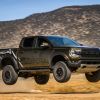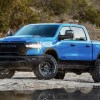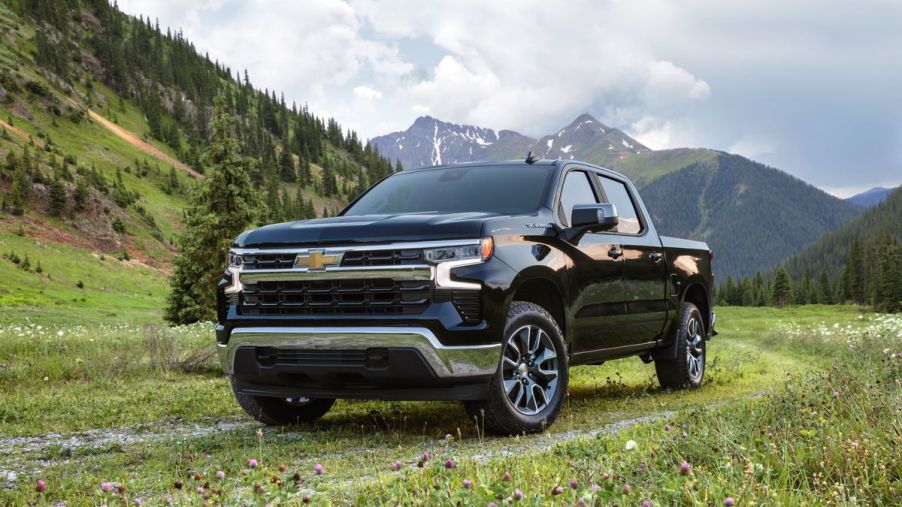
Go Small? Common Chevy Silverado 2.7L Turbo Problems You Should Know About
GM’s 2.7L Turbo L3B engine for Chevy Silverado and GMC Sierra pickups is meant to change minds about power and torque in a small package. It seems this tough four-cylinder engine has everything. Stop-start cylinder deactivation, direct injection, variable valve timing, thermal management, and a continuously variable oil pump are just some of the features that improve fuel economy and performance.
Available for GM full-size trucks starting in 2019, the engine continues into this model year with a decent record. But 2.7L Turbo problems have surfaced, which GM has addressed through technical service bulletins. Still, this engine has seen no recalls so far.
The 2.7L Turbo’s long stroke increases torque, but it can also create vibrations. However, built-in dual balance shafts help override drivetrain vibrations. The engine has a cast aluminum engine block with iron liners. Here’s more about it.
What advanced fuel management systems are in the Silverado 2.7L Turbo?
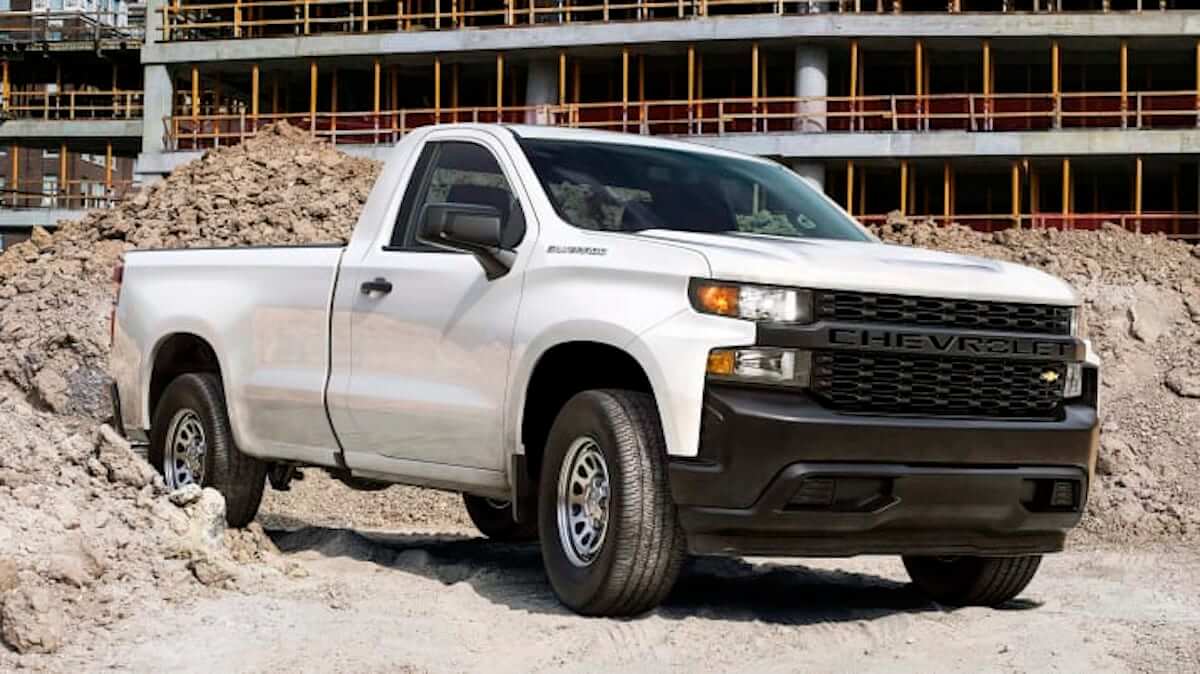
This engine also uses what General Motors calls the Sliding Cam Valve Lift System (SCS). It controls various lifter heights to save fuel, depending on conditions. It combines with Active Fuel Management (AFM). In this mode, cylinders 2 and 3 are deactivated. Plus, all of this is also tied into continuously variable valve timing.
So those are the same components found 10 to 20 years ago, but now they’re doing more individual tasks. Unfortunately, that also means more can go wrong. Though the Silverado 2.7 Turbo is still fairly new as powerplants go, a few problems are becoming more common.
In 2020, an updated L3B addressed some issues. GM strengthened the engine block. That and other changes allowed the automaker to increase the torque rating to 420 lb-ft. But Consumer Reports says 4% of 2.7-liter engines have already experienced catastrophic failures.
Does the Silverado 2.7L Turbo 4-cylinder have carbon buildup problems?
One issue that arises with direct injection is carbon buildup. The fuel charge entering the cylinders is under much lower pressure than in past injection systems. That means the natural flushing of carbon desposits that builds up on intake valves and cylinders is no longer possible with direct injection.
Most direct injection applications also have port injection, which counters this problem. All manufacturers recognize this issue, but GM chose to omit port injection for the Sierra and Silverado 2.7L Turbo. So guess what? Carbon buildup is becoming a problem as these engines accumulate miles.
Carbon accumulates over time, so engines hitting over 80,000 miles are developing issues. They include decreased performance, rough idle, and misfiring. That’s because less air can enter the charge due to less space.
Owners complain about the engine’s fuel economy
Quite a few 2.7L Turbo owners have reported subpar gas mileage. A class-action lawsuit against GM over lower-than-advertised fuel economy in its 5.3-liter Vortec engine is in the works. Now there’s talk of the same for the 2.7-liter engine.
Owners experiencing this issue have seen an average gas mileage of about 19.5 mpg. That’s 2 mpg lower than advertised. With today’s gas prices, that amounts to over $12 on every fill-up. In California, that number would be over $14.
Lifter collapse is another GM 2.7L Turbo problem
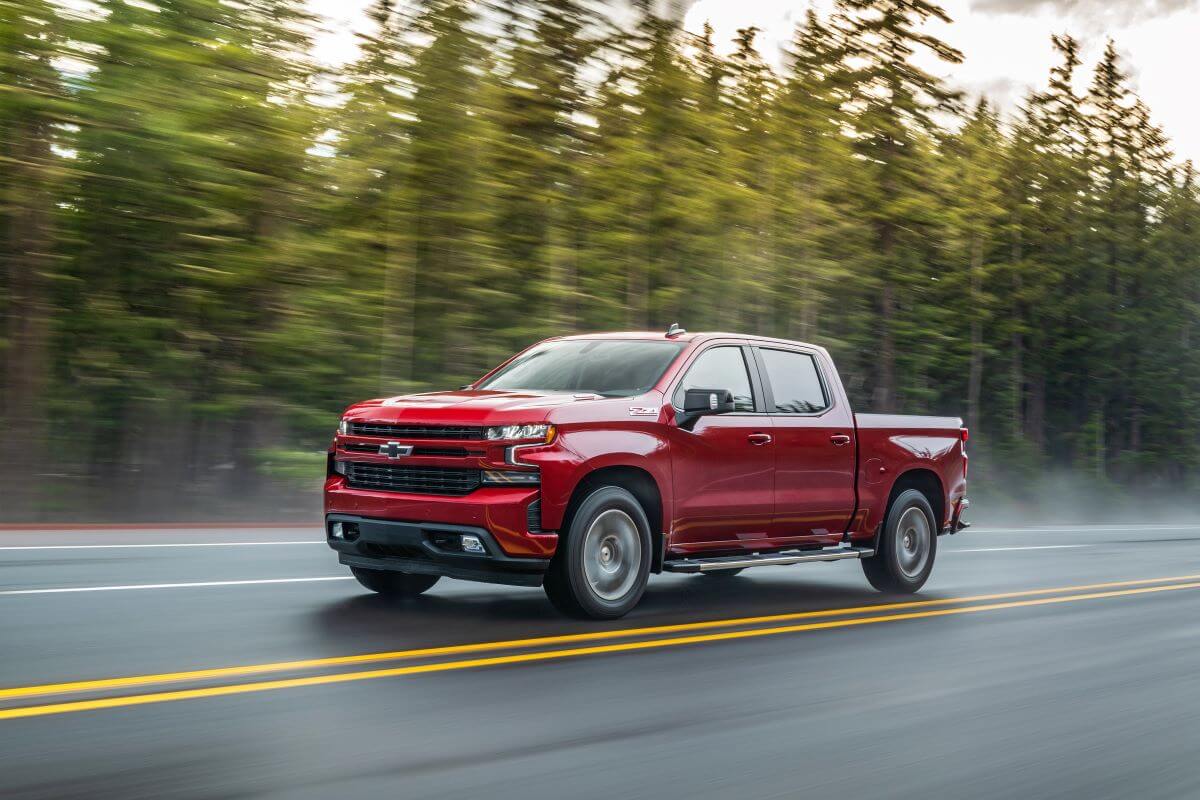
Like the GM 6.2-liter engine, the 2.7L Turbo has seen more incidents of lifters collapsing. That causes the cylinder to stop functioning. Because the height of the lifters varies from ECU signals based on loads, it has to do much more work than an old small-block Chevrolet engine. And there have been issues.
Again, this engine is in its infancy, and new powertrains typically experience hiccups. So we’ll keep an eye on the Silverado 2.7L Turbo engine to see if these problems become widespread or if they’re isolated incidents.

